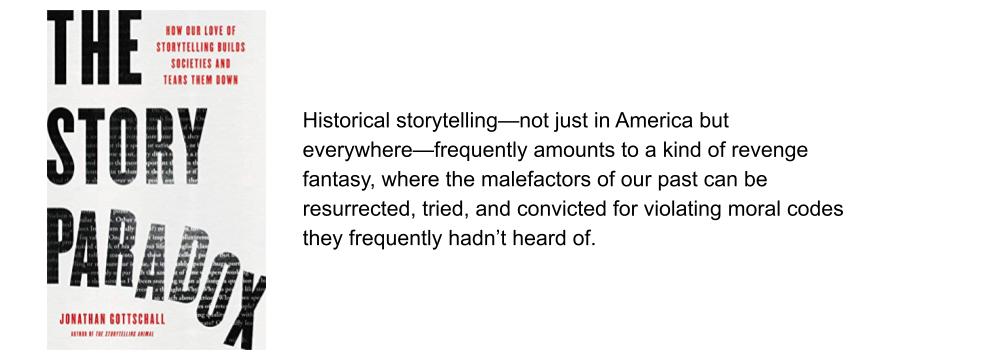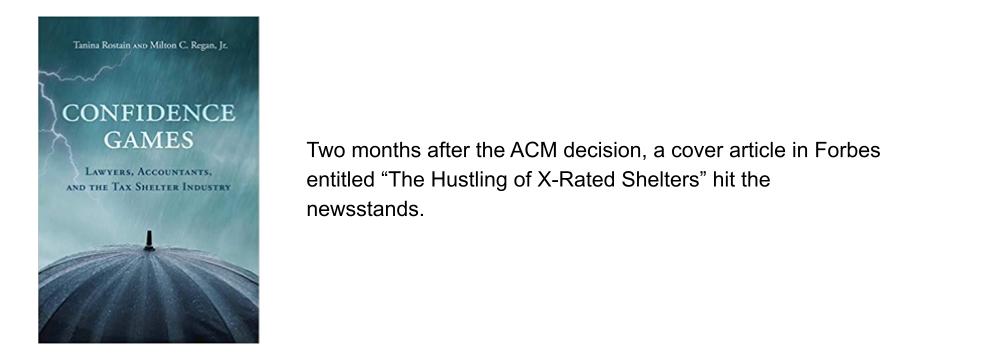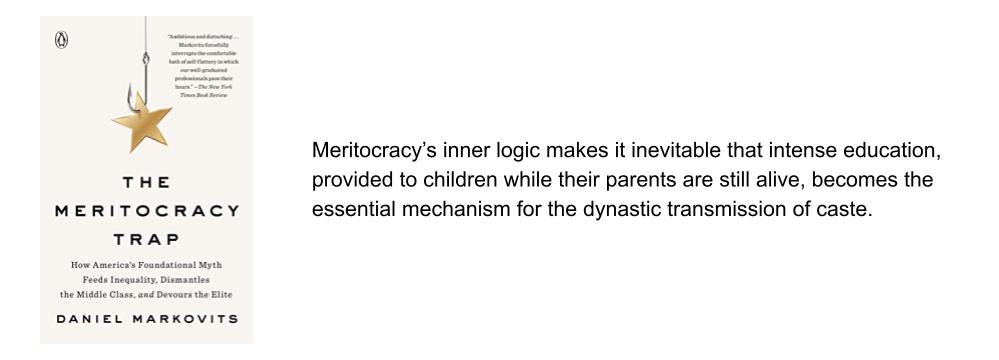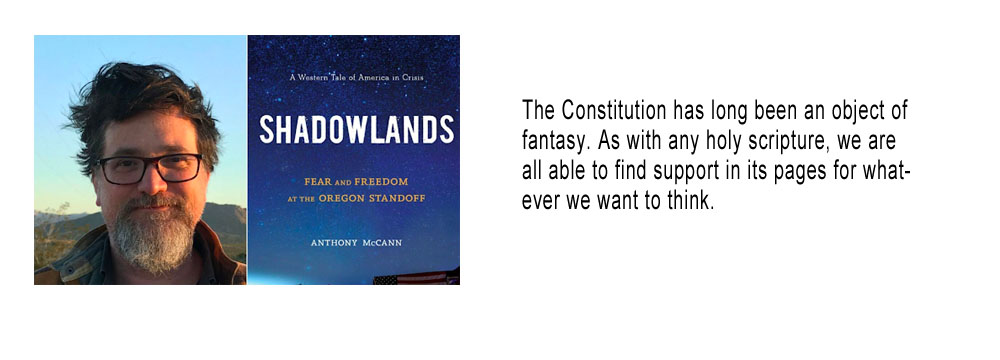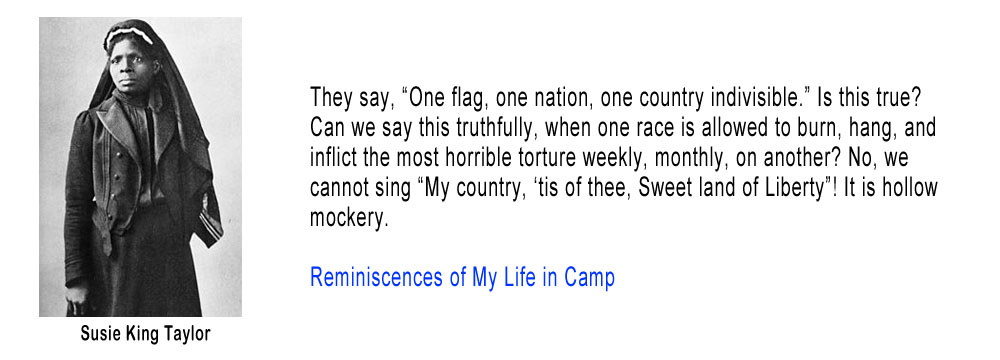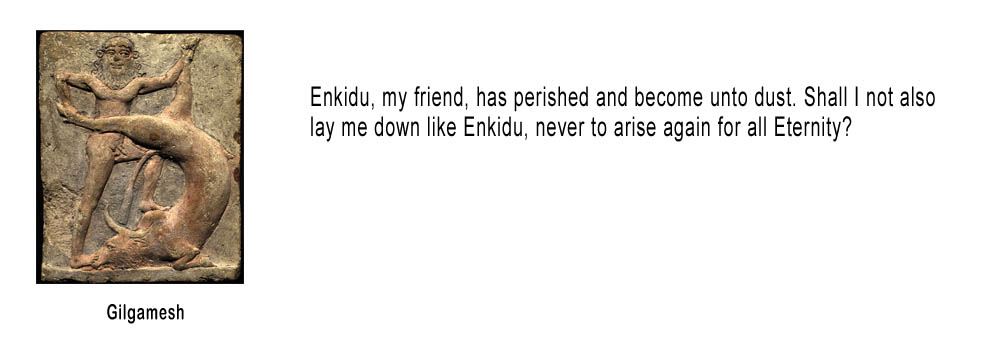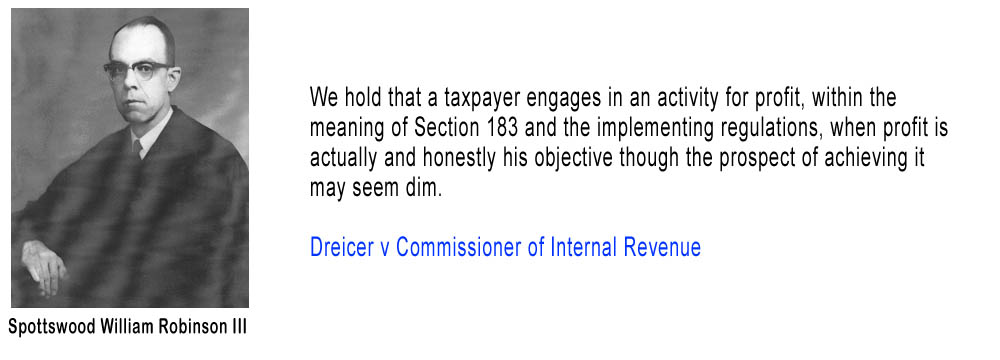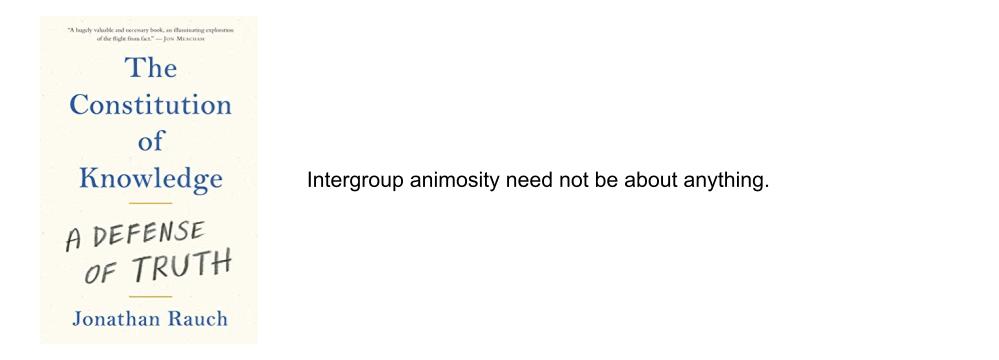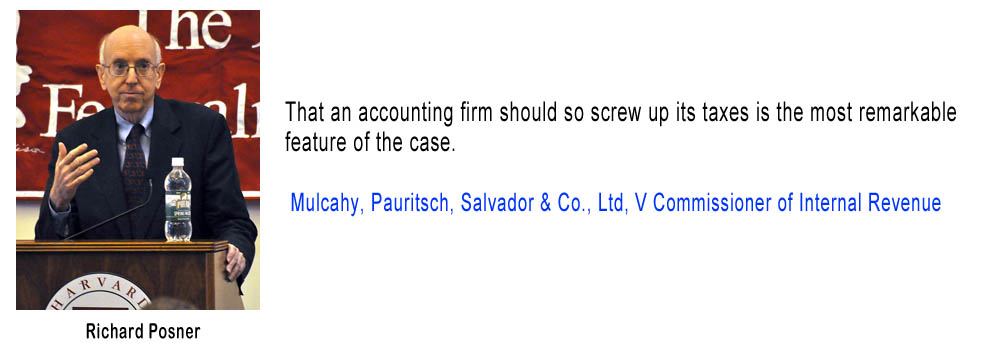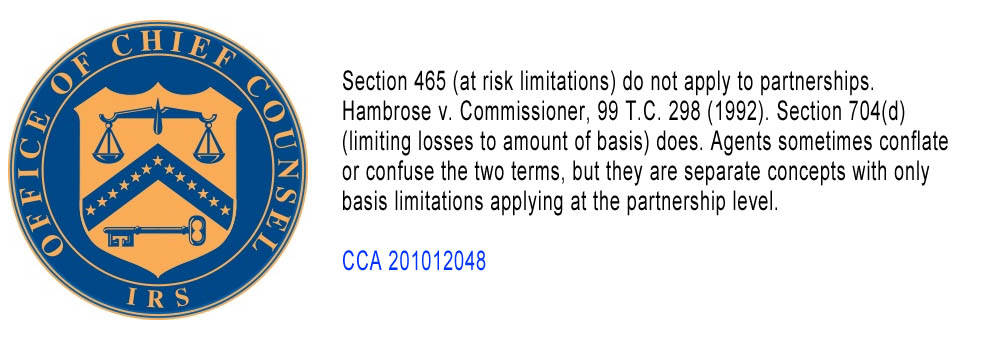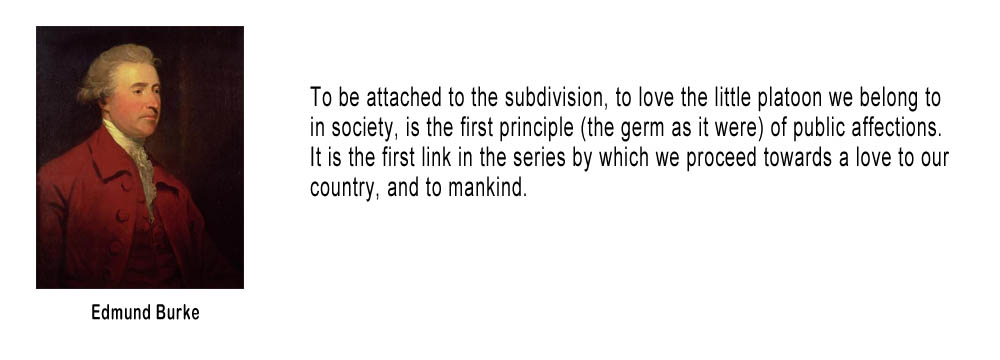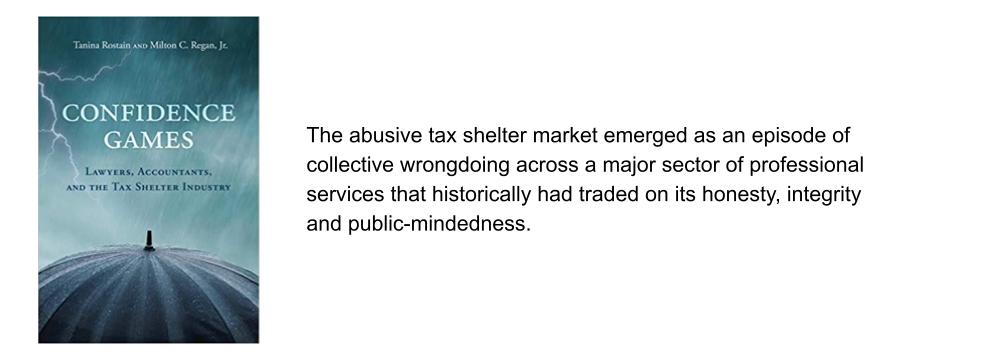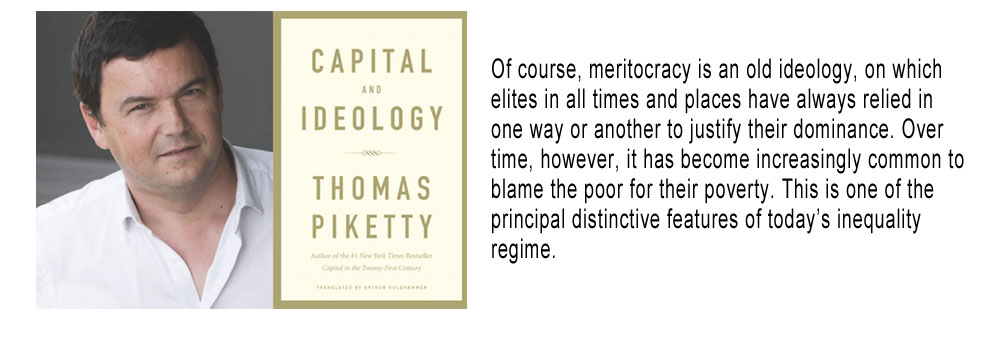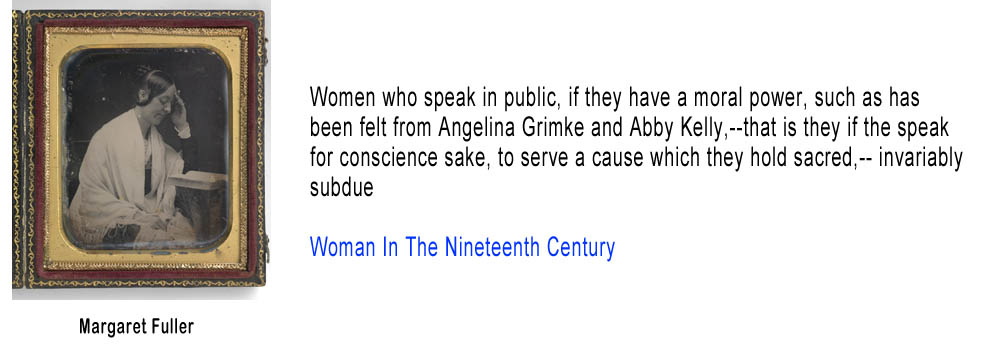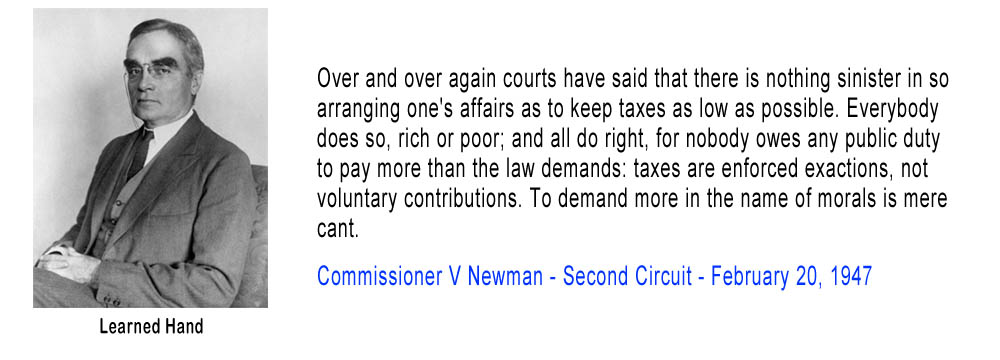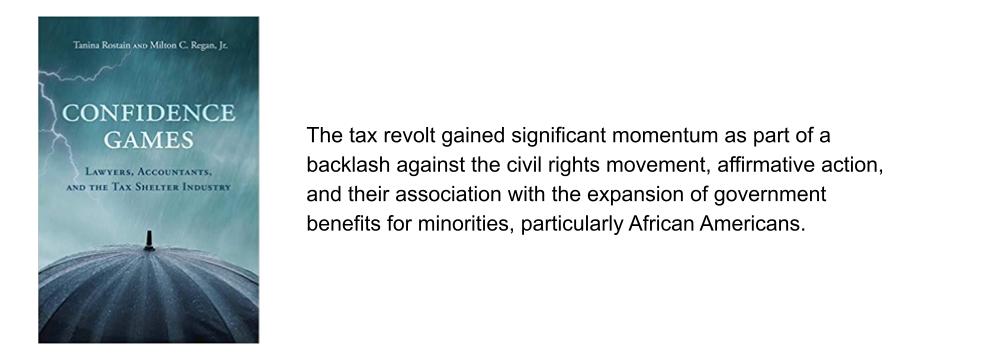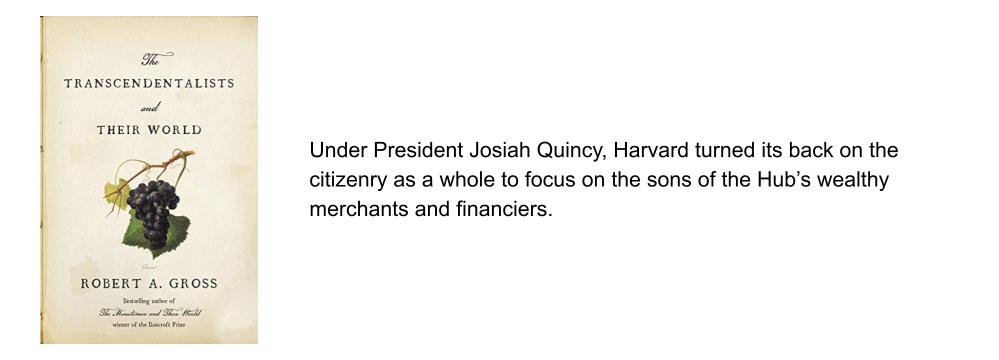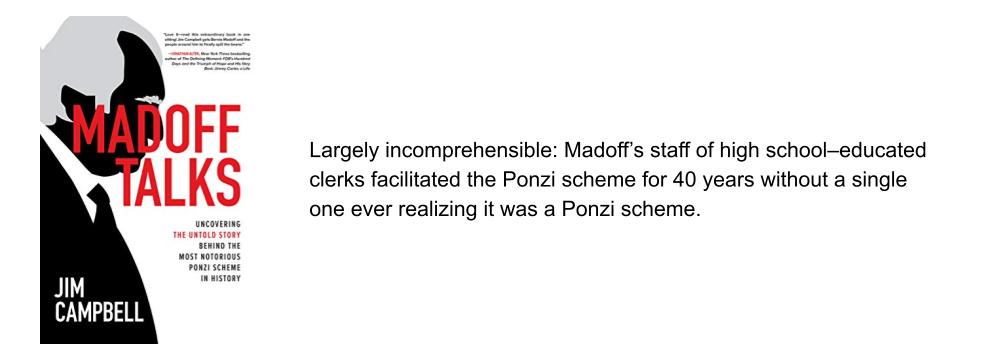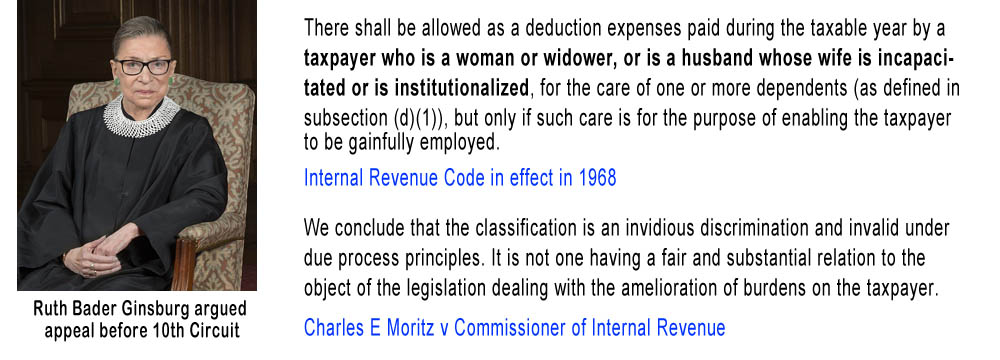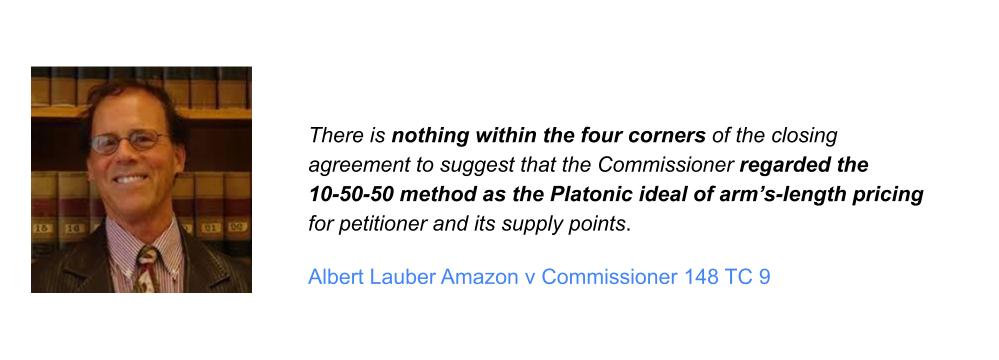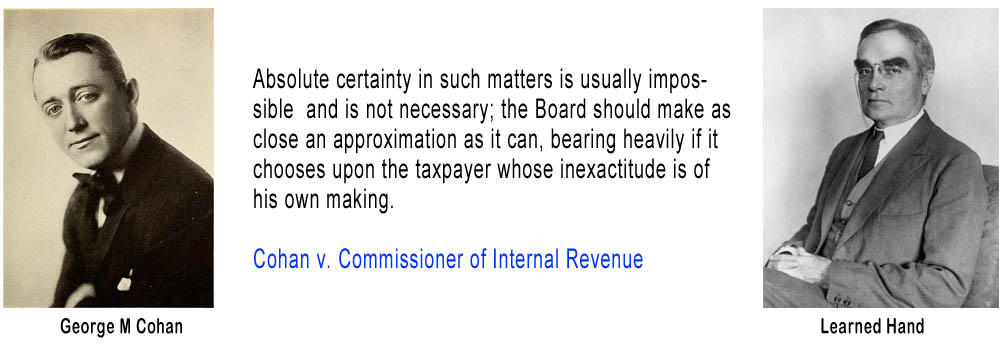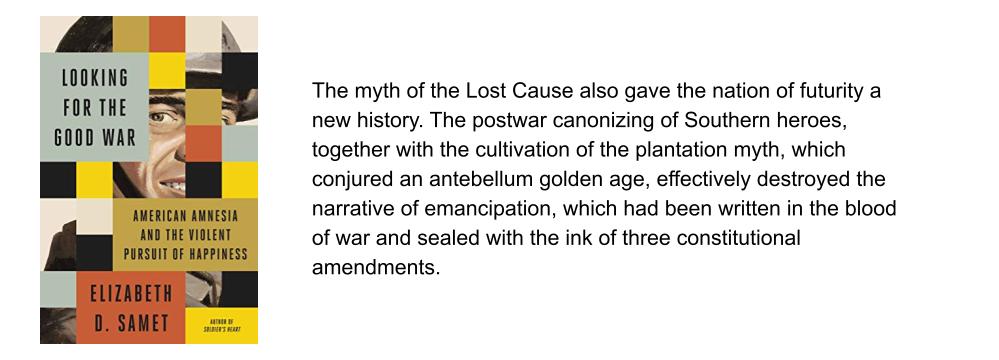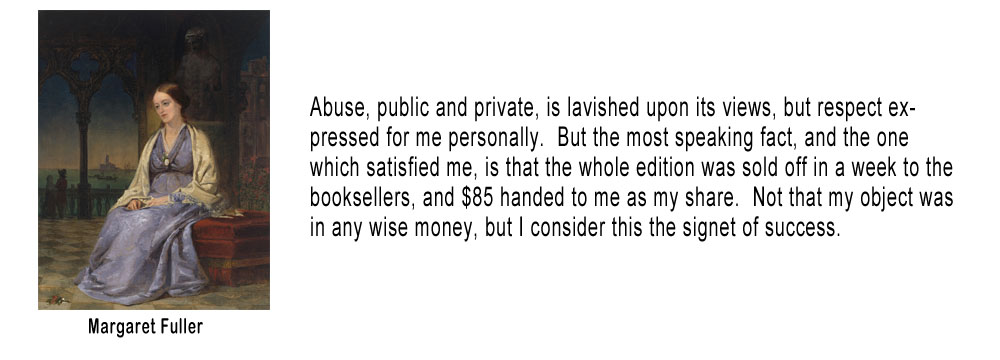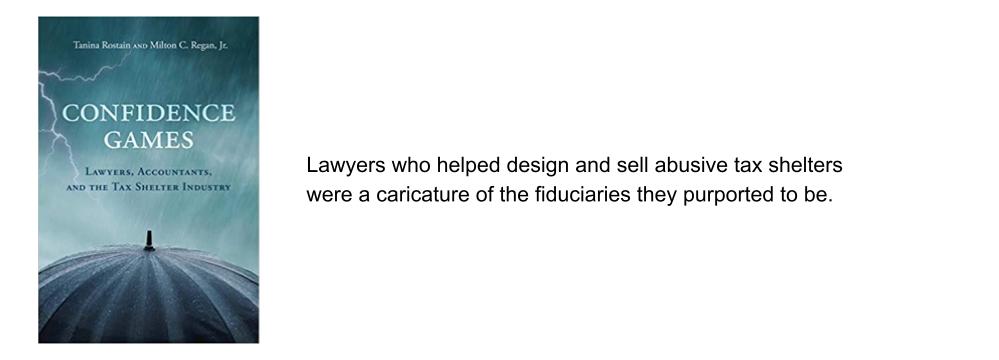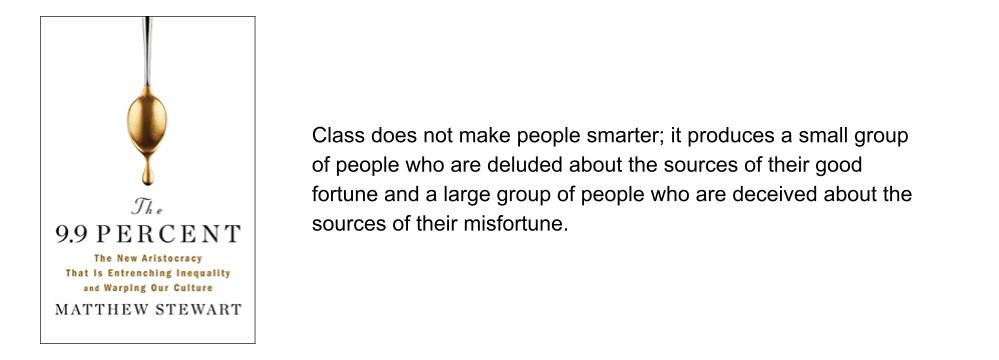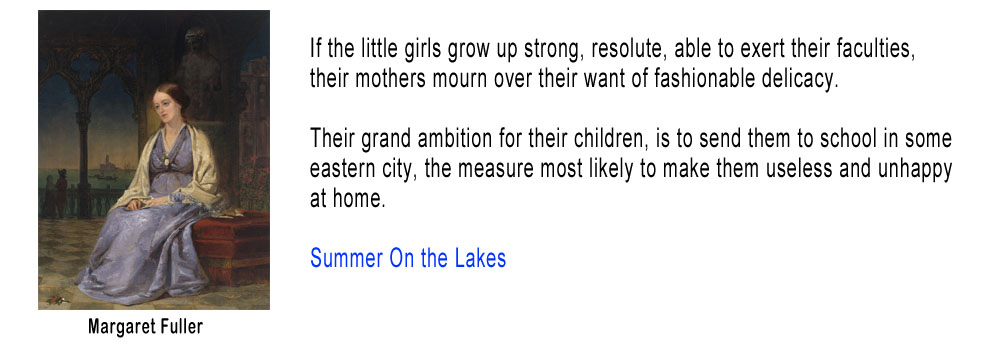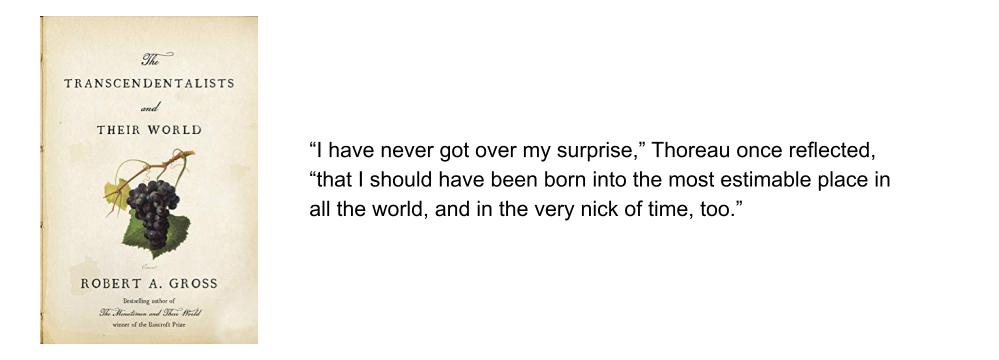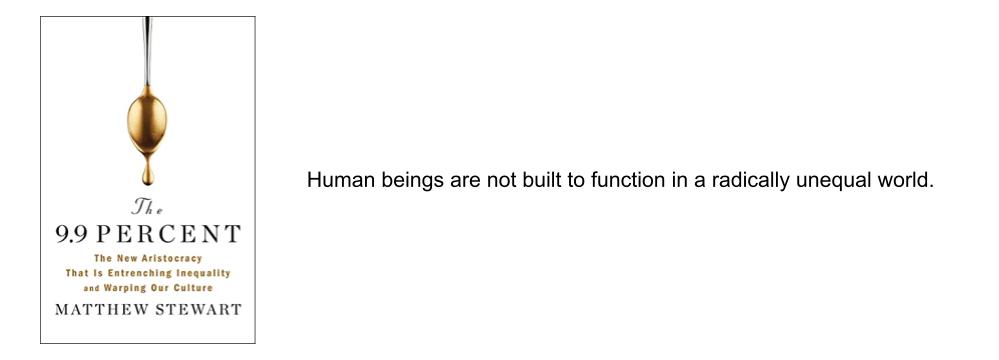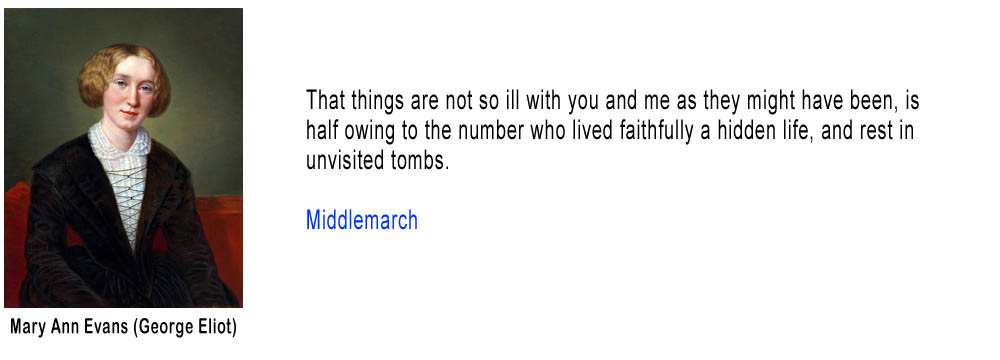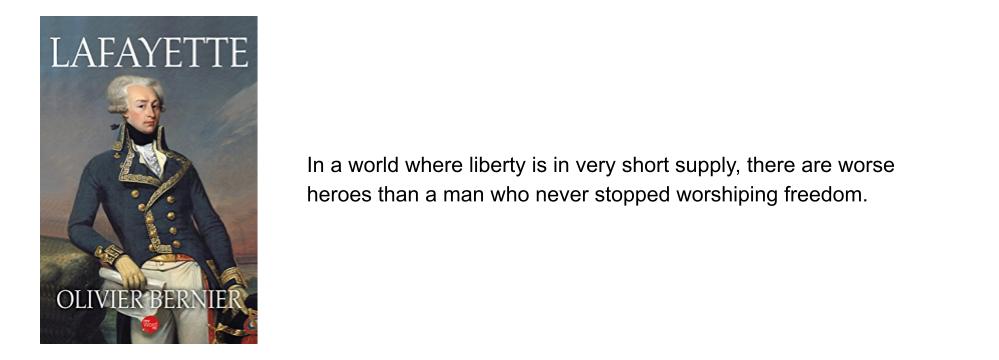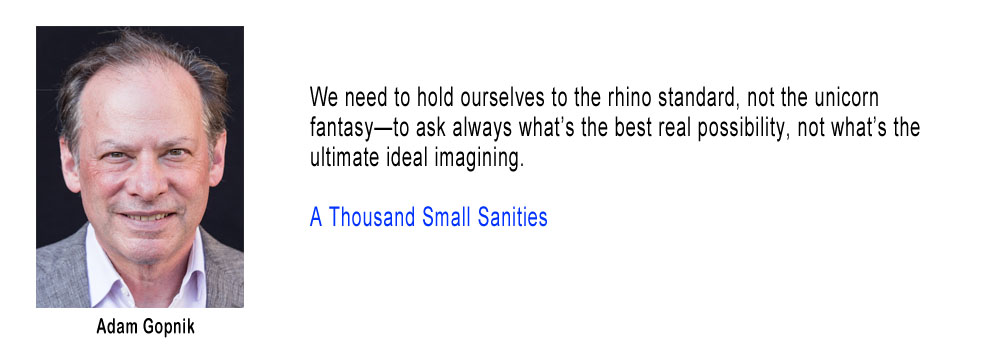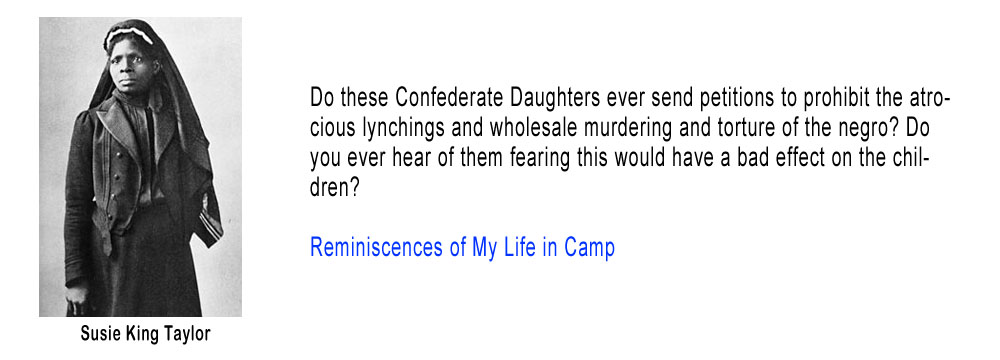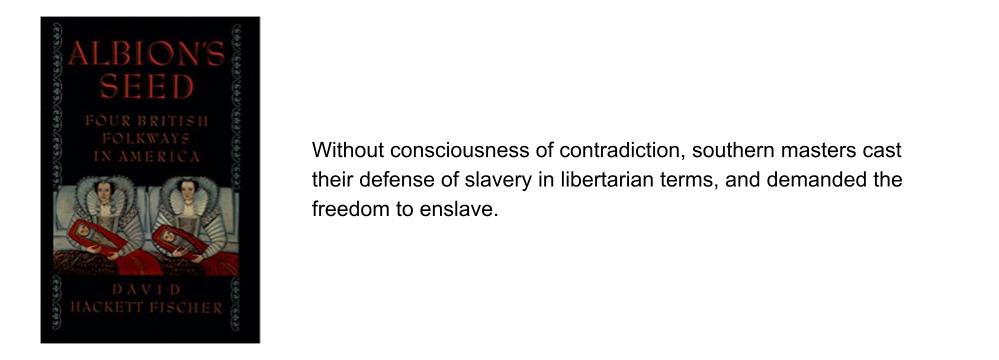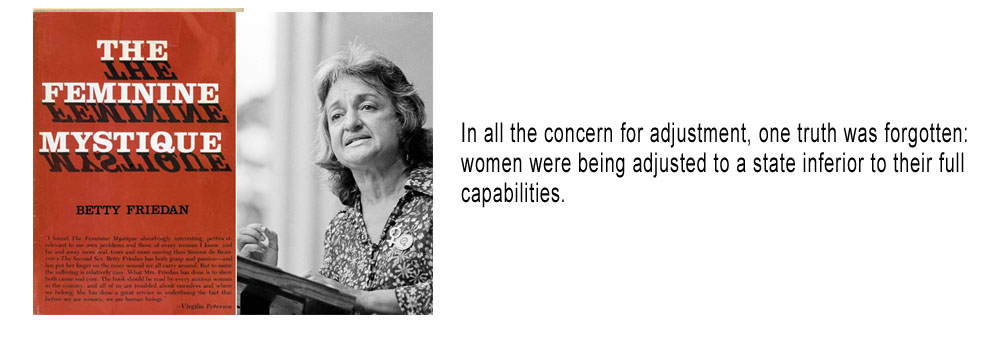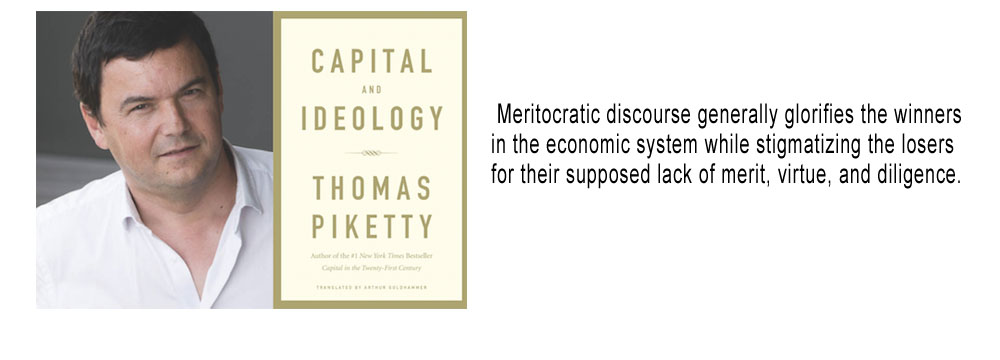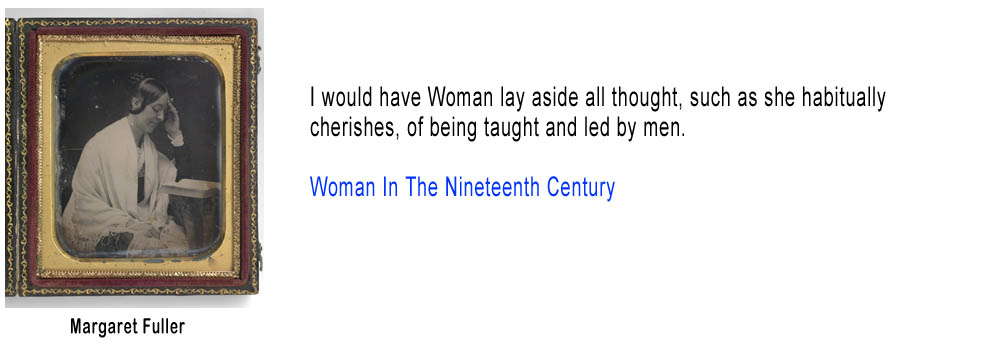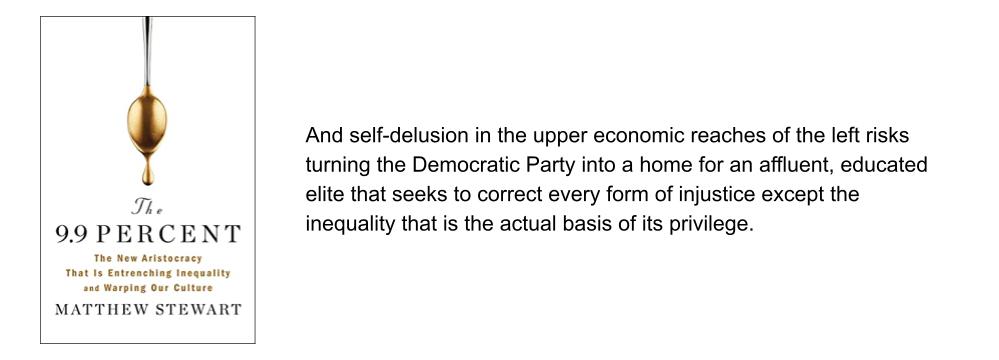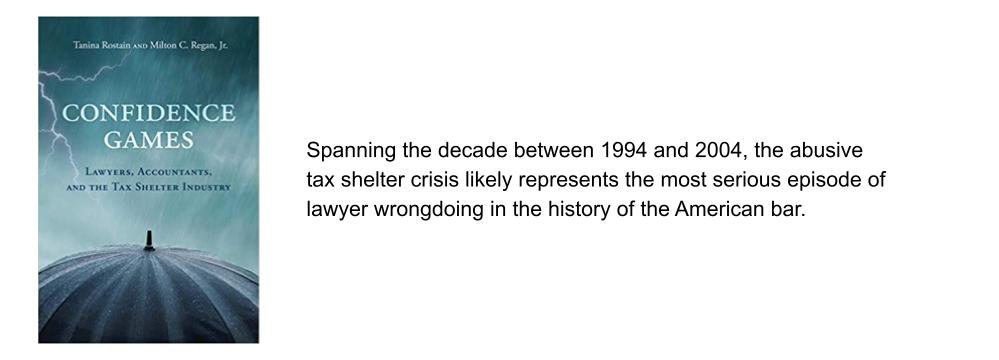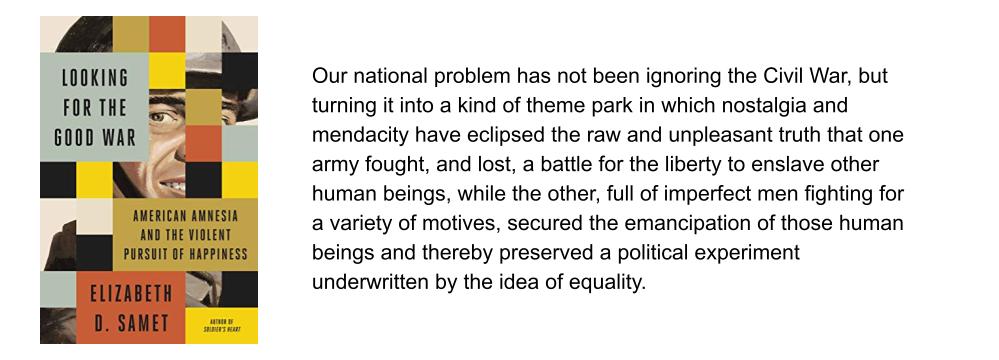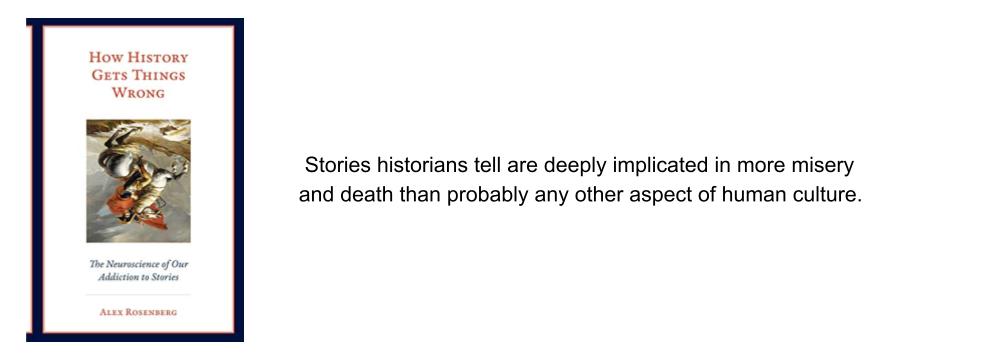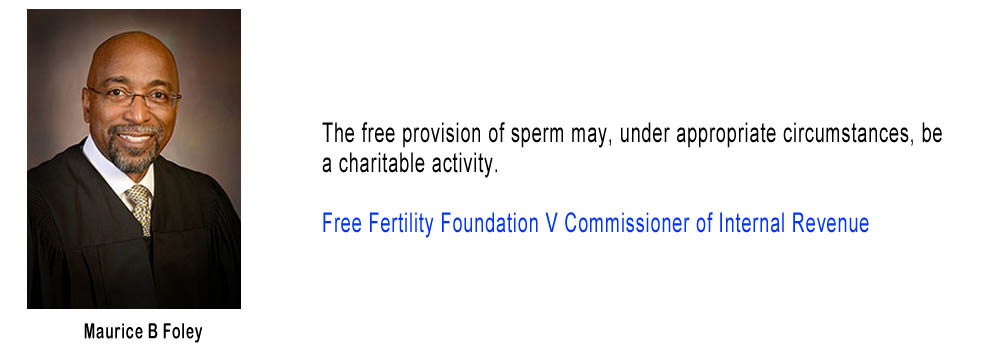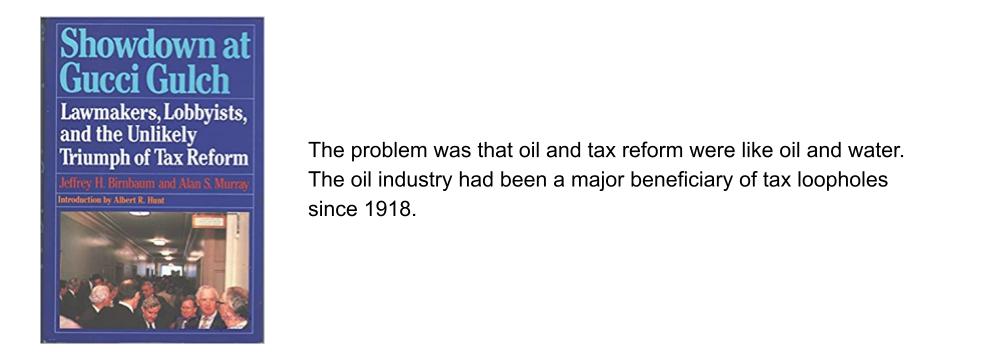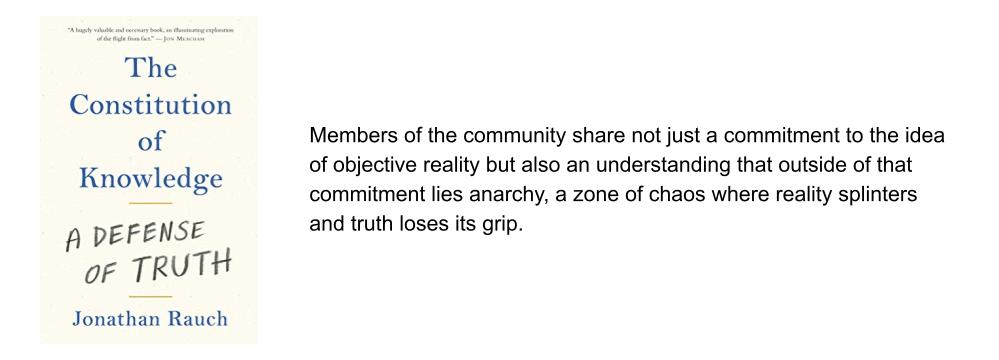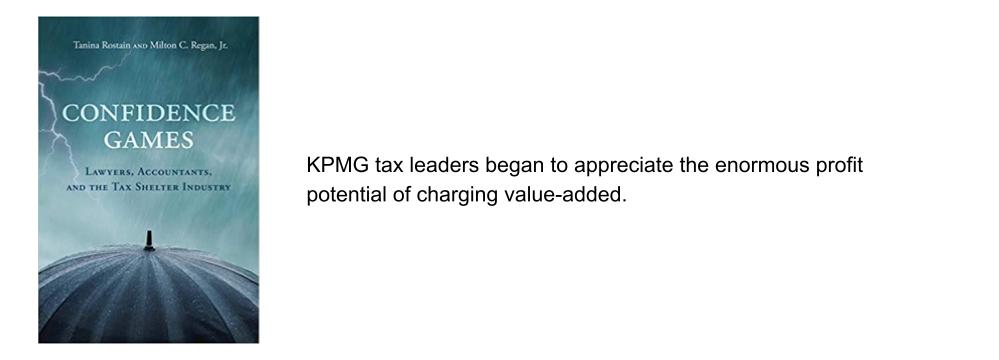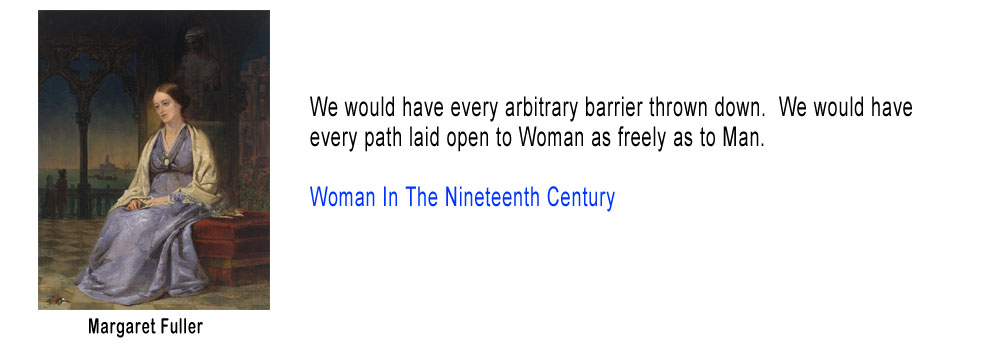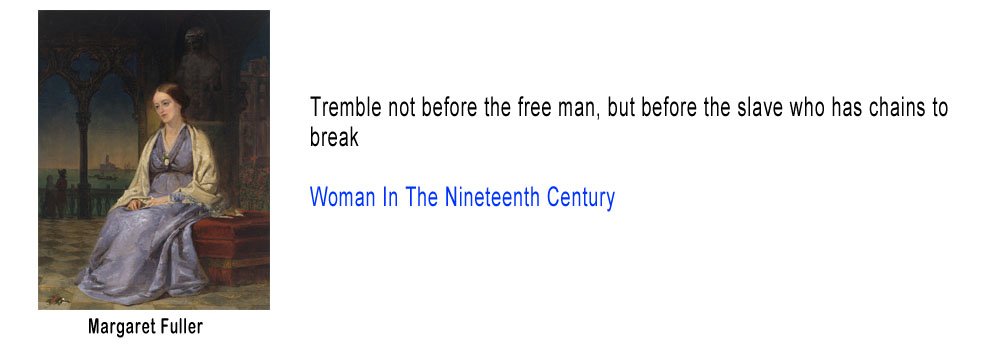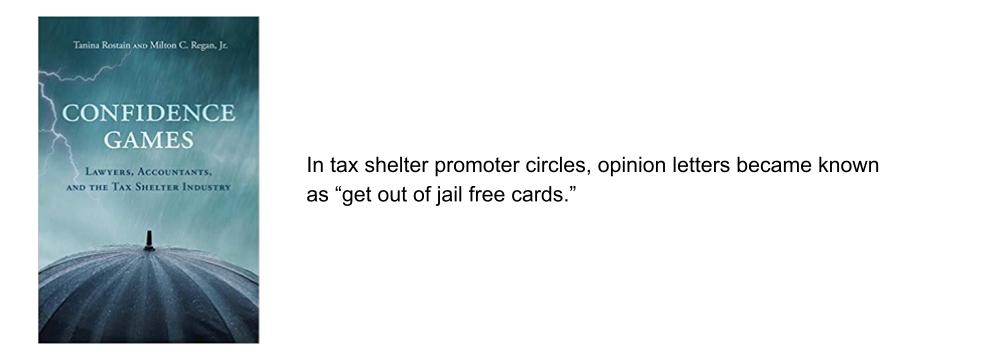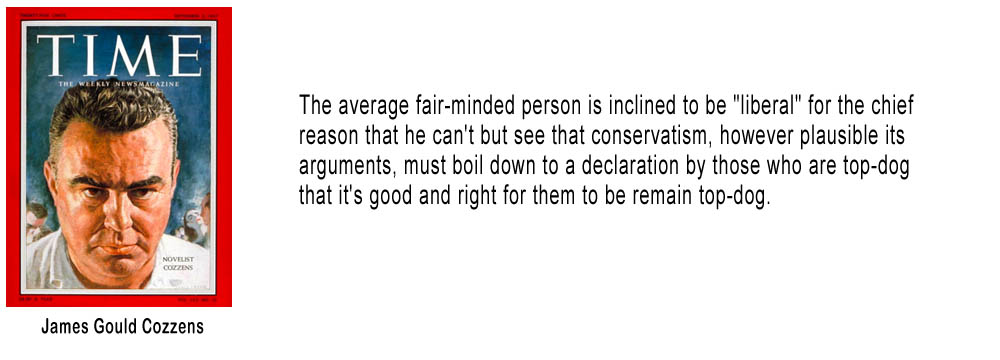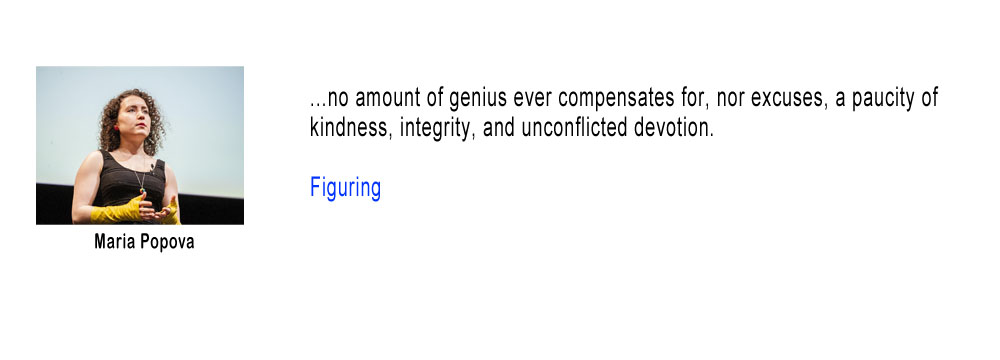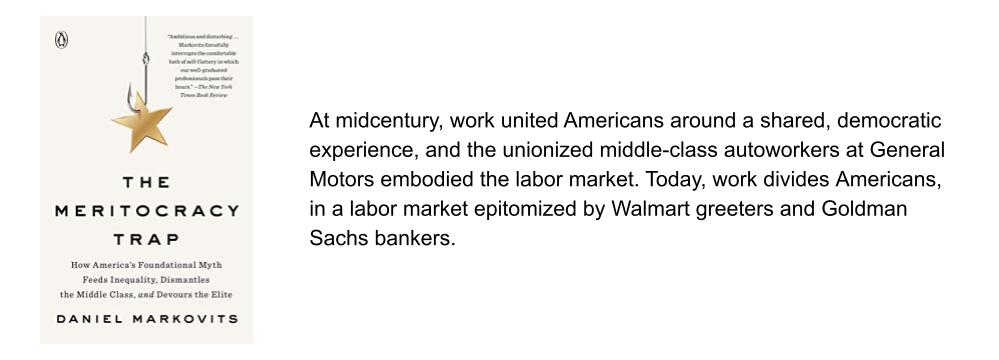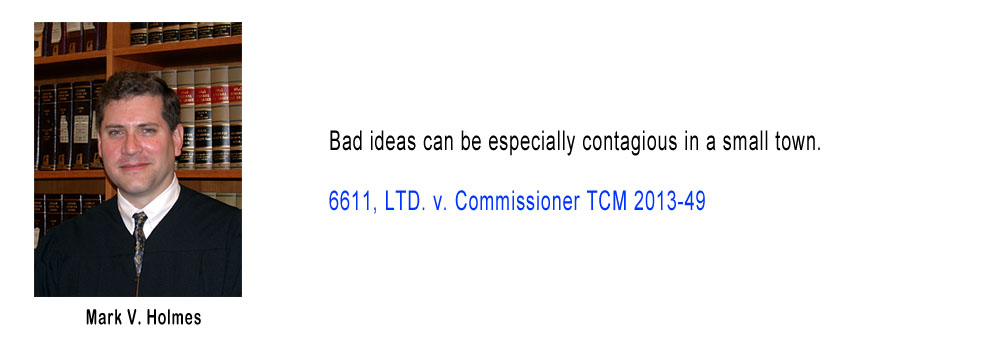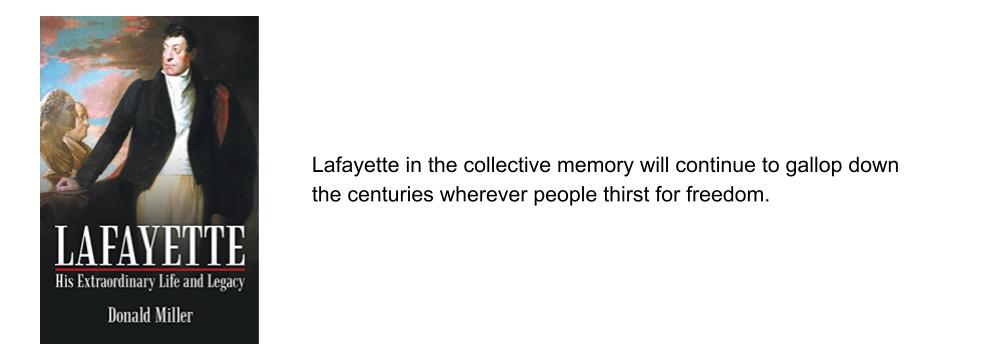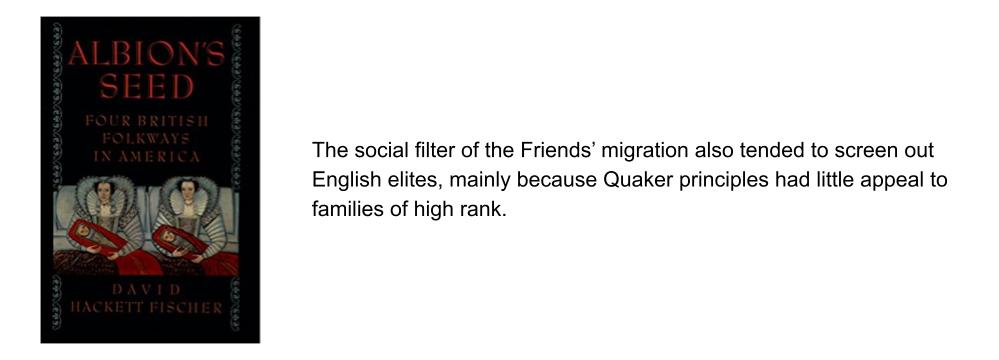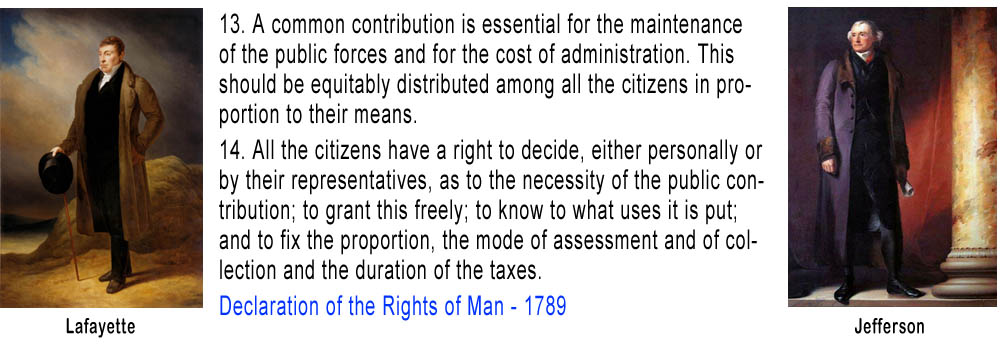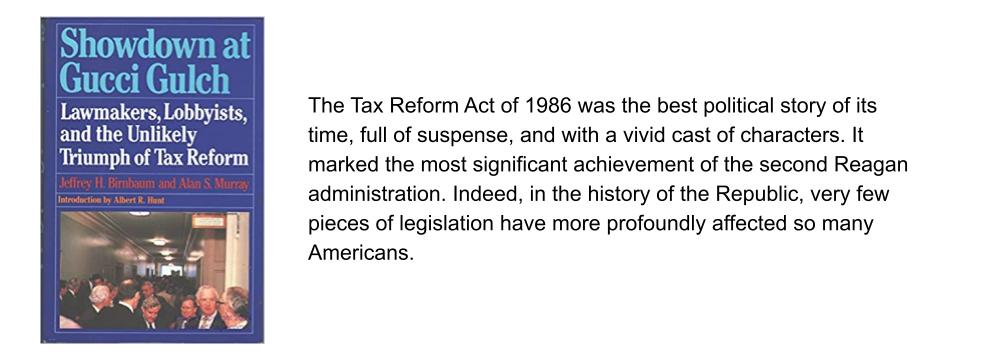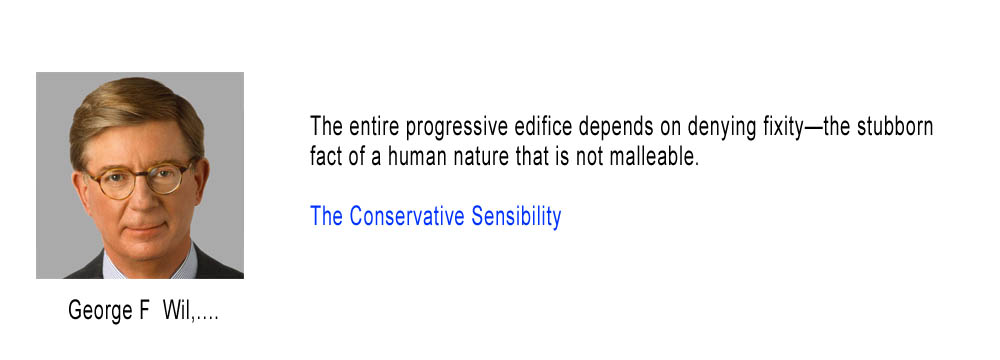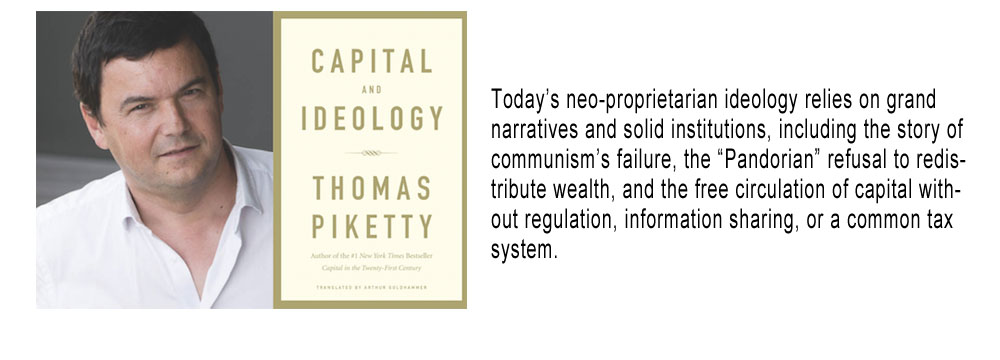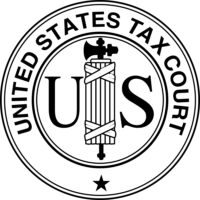Originally published on Passive Activities and Other Oxymorons on May 30th, 2011.
____________________________________________________________________________
Larry E. Tucker v. Commissioner, TC Memo 2011-67
I could probably make a full length post out of this one, but I told a similar story not long ago and that one had much more dramatic numbers. Unlike the attorney who managed to lose over $20,000,000 he had earned before he bothered to pay the taxes on it, Mr. Tucker was dealing with more modest sums:
In January 2003, Mr. Tucker received payment in advance for some independent contractor web design project to be performed by him later in the year. He knew he would need this money to live on during the year, but he also knew he owed taxes and other creditors. In retrospect unwisely, he decided to try to leverage currently-unneeded funds into profits by which he could pay off his back tax debts and other creditors. So, he wire transferred some of the funds from his checking account to a newly-opened E-Trade account between January 10, 2003 and April 3, 2003. During January, he put $23,700 into the E-Trade account. Then, he began day trading. By the end of January, he showed a small profit, since the account was valued at $25,873.16 on January 31, 2003. From there, however, everything went south.
We don’t learn from the case what happened to the “web design project”. The case is about the IRS “abusing its discretion” in not allowing Mr. Tucker a work-out on his tax debts. The Court went with the IRS on this one:
The losses that Mr. Tucker sustained were not due to an unforeseeable event but rather were commonplace (especially for a neophyte) in such a highly volatile activity. Mr. Tucker knew he owed outstanding taxes; and he had the cash in hand that would have paid in full the taxes and accruals he owed as of early 2003 (i.e., for tax years 1999, 2000 and 2001); and yet he chose instead to devote that money to a risky investment. Mr. Tucker’s foray into day trading was purely speculative, and his already slim chances of success were undermined by his inexperience. In short, Mr. Tucker’s circumstances were of his own making. Therefore, we cannot criticize the Office of Appeals’ conclusion that Mr. Tucker’s losses associated with his day trading were a dissipation of assets that should be considered for inclusion in RCP as contemplated by IRM pt. 5.8.5.4.
John L. Parsley, et ux. v. Commissioner, TC Summary Opinion 2011-35
The decision was about penalties. There was a slightly convoluted fact pattern:
Myrna L. Parsley (petitioner) has been a real estate agent for more that 30 years. Petitioner in 1999 or 2000 took classes to learn about section 1031, involving so-called like-kind exchanges. She takes continuing education courses to maintain her real estate license and is a member of various real estate professional associations. Petitioner married her current husband, petitioner John Parsley, in 2000. He is also in the real estate business.
Petitioner’s ex-husband, Joseph Benedict (Benedict), was a real estate broker. While married to petitioner Benedict purchased commercial property on Agler Road (the property) in his name only in June 1990. Petitioner learned of the purchase in 1992. After petitioner confronted Benedict with her discovery, he deeded to her an undivided interest in the property as a tenant in common. At that time petitioner was not engaged in the sale of commercial property. In January 1998 petitioner and Benedict divorced.
As part of the 1998 divorce settlement, Benedict was ordered to deed to petitioner his remaining ownership interest in the property, making her sole owner of the property. In September 2000 the State court caused Benedict to issue a quitclaim deed to petitioner for the property. Petitioners sold the property in February 2006 for $700,000. Petitioners reported a capital gain of $256,272 from the sale on their 2006 Federal income tax return. Petitioners calculated their gain using a basis of $502,205. Benedict purchased the property for $320,000. Respondent computed a capital gain on the sale of $488,071. The record does not reflect the extent to which depreciation affects the parties’ calculations of basis and gain.
The taxpayers had told their preparer that their basis in the property was around $500,000. Because of the sparseness of the record the tax court gave them credit for basis of $320,000 (Nobody seems to have given them information on depreciation). Part of the reason for upholding the penalties was that the taxpayers had the professional knowledge to find out what Mrs. Parsley’s ex-husband had paid for the property.
Todd A. Dagres, et ux. v. Commissioner, 136 T.C. No. 12
This one had a fairly interesting return presentation problem. Mr. Dagres was a venture capitalist. He loaned $5,000,000 to a business associate, who in addition to paying AFR would provide him leads on profitable investments. Apparently the business associate was not himself such a great investor as he was unable to pay the interest on the loan. Ultimately it was settled with Mr. Dagres taking a loss of $3,635,218 on the transaction. His position was that it was a business bad debt. The IRS said it was a non business bad debt, which would give rise to a capital loss. Alternatively they argued that if it was a business bad debt it was related to his business of being an employee of a venture capital firm, which would subject it to the 2% floor and make it non deductible.
Mr. Dagres, being a venture capitalist, had a pretty good salary $2,640,198. That is, of course, chump change compared to his capital gains of $40,579,41. The capital gain was not mainly from his own investing. It was the “profits interest” or “carry” from being a managing member of a venture capital partnership.
I would have been scratching my head about the return presentation problem. His advisers solved it by creating a Schedule C for his venture capital business and putting the bad debt deduction there. Not elegant, but it worked.
In exchange for this service, the fund manager receives both service fees and a profits interest, but neither the contingent nature of that profits interest nor its treatment as capital gain makes it any less compensation for services.
It looks to me like the Tax Court is letting the venture capitalists have their cake and eat it too. The partnership gets investor treatment which is attributed to the manager, but the manager is allowed trade or business treatment for purposes of taking a deduction.

